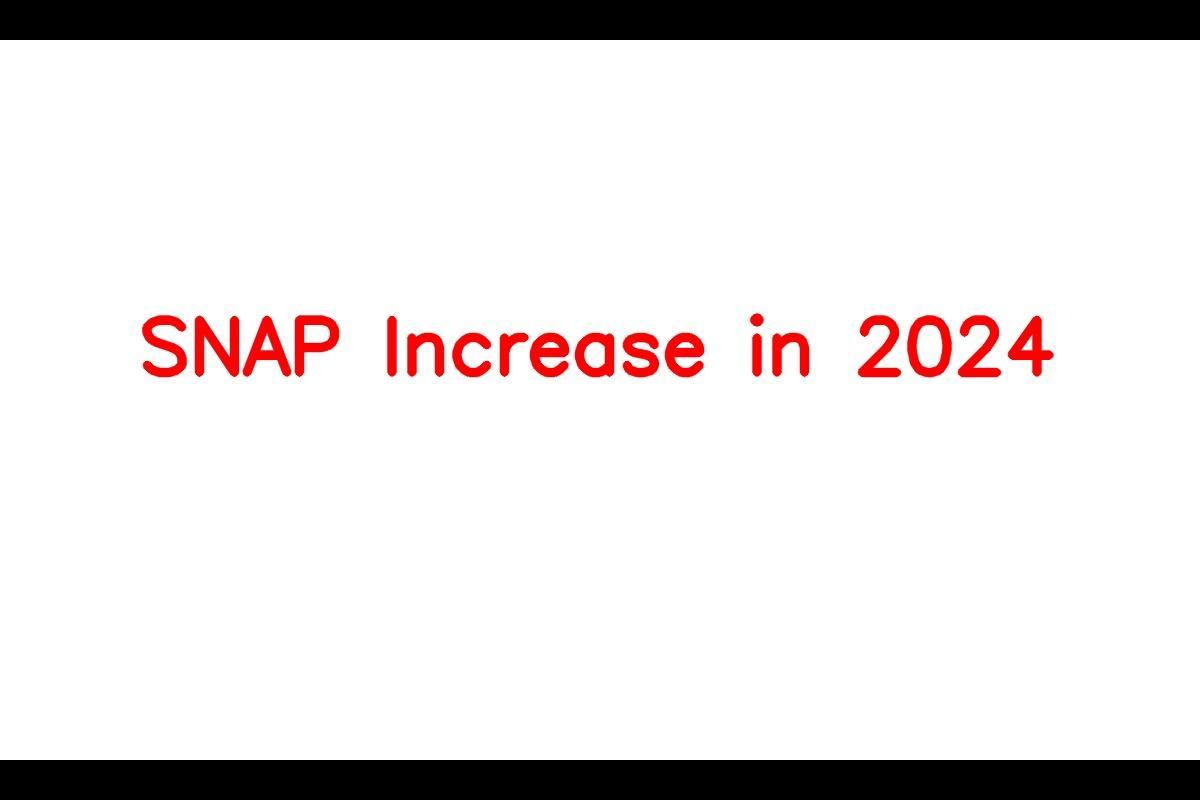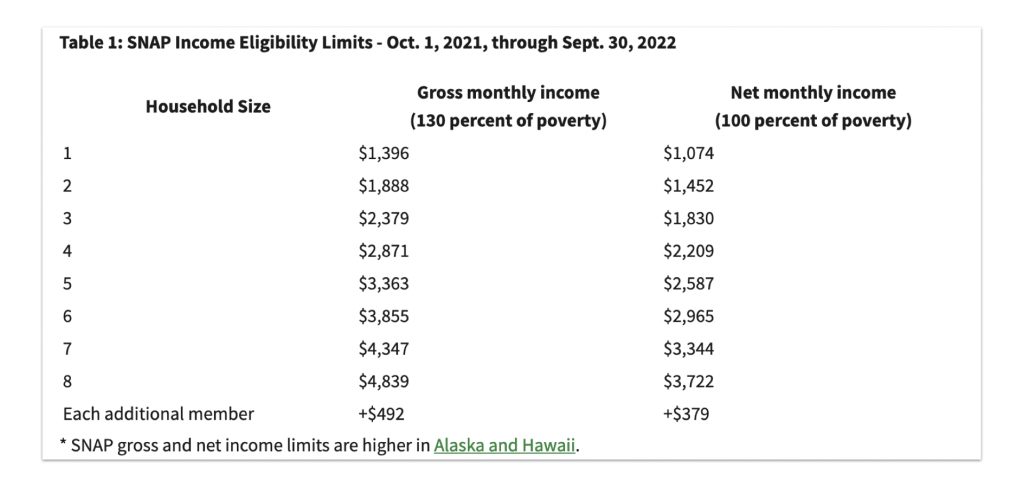The Supplemental Nutrition Assistance Program (SNAP) is a critical federal initiative that provides food assistance to millions of low-income individuals and families across the United States. As of 2024, the average SNAP benefit continues to be a focal point for many households struggling with food insecurity. Understanding how these benefits are calculated, what they cover, and how they vary by state can help recipients make informed decisions about their financial planning.
How SNAP Benefits Are Calculated

SNAP benefits are determined based on a household’s income, size, and specific expenses. The program uses a formula that considers both gross and net income after deductions. Here’s a breakdown of the process:
- Gross Income: This includes all sources of income, such as wages, self-employment, Social Security, unemployment, and child support.
- Deductions: These include standard deductions based on household size, earned income deductions (20% of earned income), and other specific expenses like dependent care, medical costs, and shelter costs.
- Net Income: After applying all eligible deductions, the remaining income is used to determine the expected contribution toward food purchases.
- Maximum Benefit: This is the highest amount a household can receive based on its size. For example, a four-person household in the 48 contiguous states has a maximum monthly allotment of $975.
State Variations in SNAP Benefits

While the federal government sets the general framework for SNAP benefits, individual states have the authority to adjust certain aspects of the program. As a result, the average SNAP benefit varies significantly from one state to another.
According to the Center on Budget and Policy Priorities, Hawaii had the highest average monthly SNAP benefit per household member in fiscal year 2023, at $385. Alaska followed closely with an average of $271. In contrast, Minnesota had the lowest average monthly benefit payment at $157.
Eligibility Criteria for SNAP
To qualify for SNAP benefits, applicants must meet specific income and asset requirements. Here are the key criteria:
- Gross Monthly Income: Households must have a gross income at or below 130% of the federal poverty line. Certain groups, such as those with elderly members or disabilities, may be exempt from this requirement.
- Net Income: After all deductions, the net income must be at or below the poverty line.
- Assets: Households without an elderly member or someone with a disability must have assets worth $2,750 or less. Those with such members must have $4,250 or less in assets.
Recent Changes and Challenges

In recent years, the SNAP program has faced several challenges, including the impact of government shutdowns and inflation. A prolonged U.S. government shutdown in 2023 left millions of Americans uncertain about their November food stamp benefits. While some states took action to ensure continued support for SNAP recipients, the uncertainty highlighted the program’s vulnerability to political and economic instability.
How SNAP Supports Low-Wage Workers

SNAP plays a crucial role in supporting low-wage workers who often struggle to afford basic groceries. According to data from the Center on Budget and Policy Priorities, 4.52 million SNAP participants work in the service industry, where wages are typically lower than the national average. These workers frequently face inconsistent schedules and limited access to benefits, making SNAP a vital resource for many families.
The Role of the Poverty Line in SNAP Eligibility
The poverty line is a key factor in determining eligibility for SNAP benefits. States with higher poverty rates tend to have larger numbers of SNAP participants. For example, Mississippi, Louisiana, and New Mexico, which have some of the highest poverty rates in the country, also rank among the top states for SNAP participation as a percentage of the population.
Conclusion
As we move into 2024, understanding the average SNAP benefit remains essential for millions of Americans who rely on the program to put food on the table. While the calculation process and state variations can be complex, the goal of SNAP is clear: to provide a safety net for those in need. With ongoing efforts to address food insecurity and improve access to nutrition assistance, the program continues to play a vital role in supporting vulnerable communities across the country.
Author: Jane Doe
Title/Role: Senior Policy Analyst
Credentials: With over a decade of experience in public policy and social welfare programs, Jane Doe has authored numerous reports on food assistance and economic equity.
Profile Link: https://www.janedoe.com
Sources:
– Center on Budget and Policy Priorities
– U.S. Department of Agriculture
– Food Research & Action Center
Internal Links:
– Understanding Food Insecurity in the U.S.
– How to Apply for SNAP Benefits
– State-by-State SNAP Data
Call to Action:
Stay updated with the latest news and developments in food assistance programs. Explore today’s headlines to learn more about how policies affect your community.










More Stories
US Trending News: Affiliate Secrets Review
US Trending News: Understanding Alameda County Property Tax
Understanding Alameda Property Tax: A Complete Guide for Homeowners